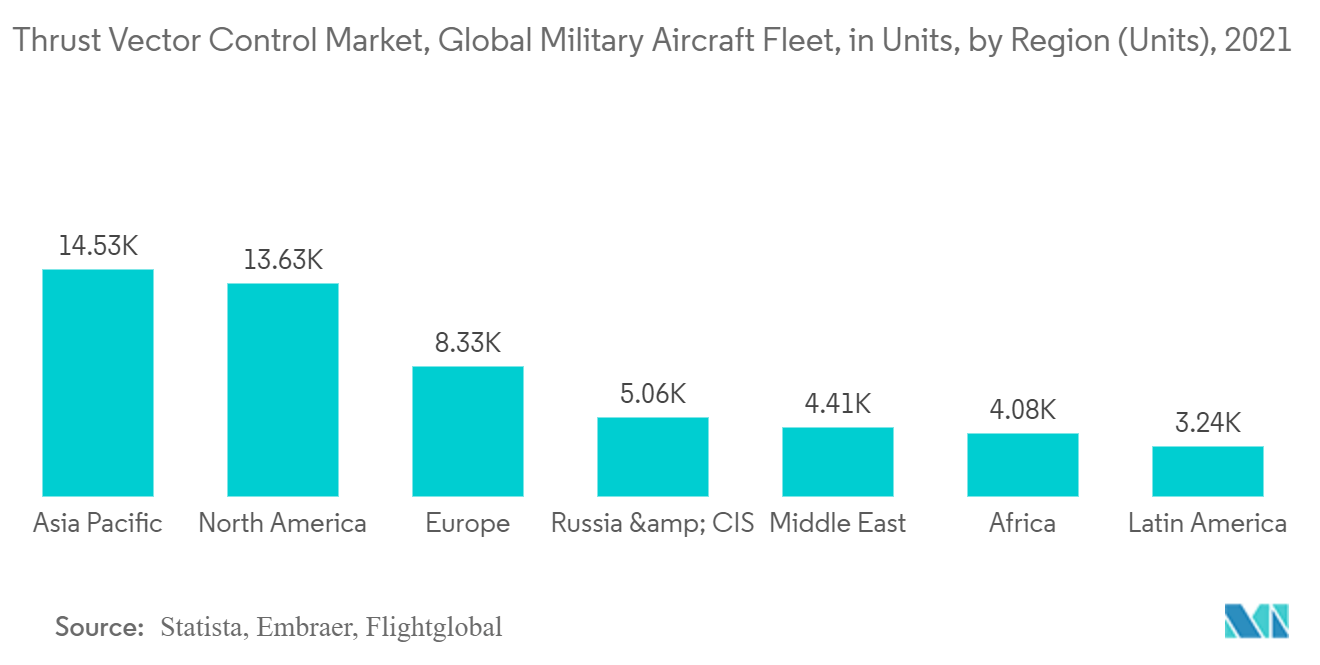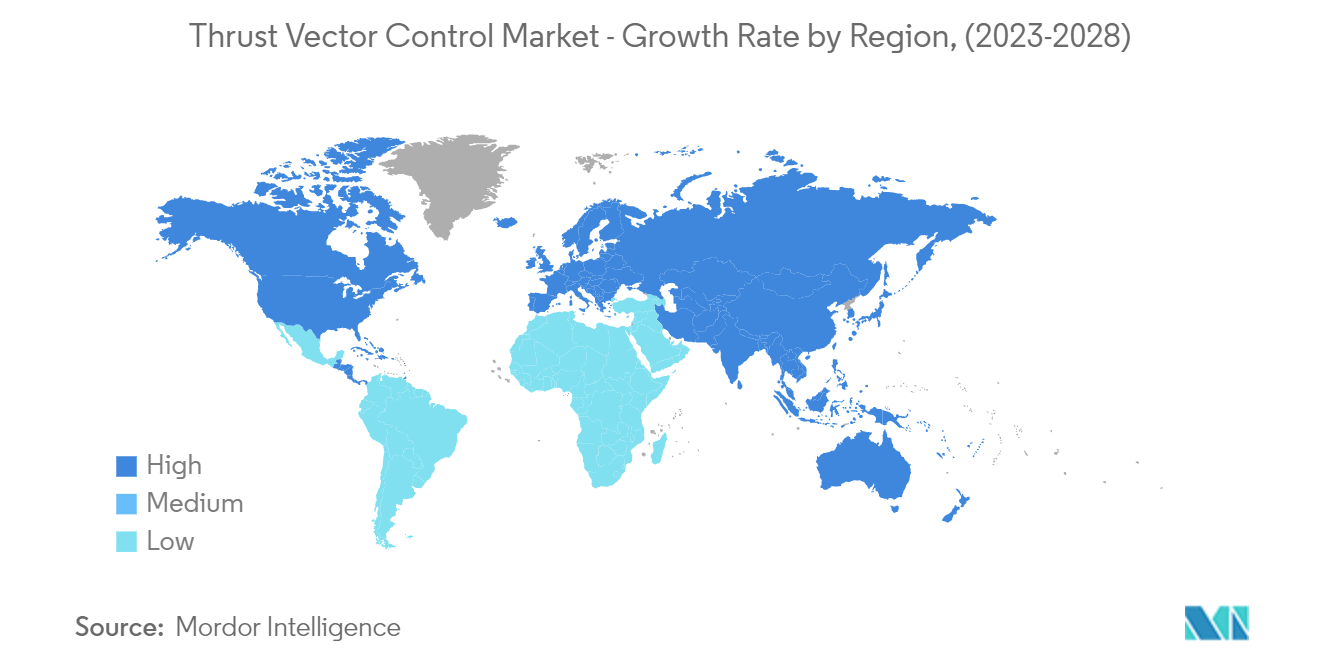Market Trends of Thrust Vector Control Industry
The Defense Segment is Projected to Dominate the Market During the Forecast Period
- The defense segment is expected to experience significant growth during the forecast period, primarily due to increasing defense expenditure and the growing procurement of next-generation fighter aircraft equipped with super maneuverability. Global defense spending surpassed 2 trillion dollars in 2021.
- The flight control system of these aircraft is installed with thrust vector control, which automatically responds to commands from the pilot. When the pilot turns the aircraft, the nozzle moves in the desired direction in conjunction with the elevator, rudder, and aileron control surfaces. Thrust vector control provides numerous advantages, including increased safety, reduced aero controls, and shorter take-off and landing runs.
- For example, at the Airshow China 2022 held in Zhuhai, South China's Guangdong Province, in November 2022, China exhibited a turbofan engine with a 2D thrust vectoring control nozzle for the first time. This engine will enhance the maneuverability and stealth capability of fighter jets, highlighting the rapid development of China's aero-engine sector. As a result, the increased adoption of thrust vector control in next-generation guided missile systems, especially in long-range missiles and intercontinental ballistic missiles, along with the rising acquisition of super maneuverable fighter aircraft, is driving the growth of the market.

North America Holds Highest Shares in the Market
- North America is expected to maintain its dominant market share throughout the forecast period. This growth can be attributed to the region's highest defense expenditure and increasing space exploration activities. The procurement of fighter jets with thrust vector control and the rising number of satellite launches are expected to further boost the market growth in the region.
- For instance, in August 2022, Ursa Major, a privately funded company based in the United States that specializes in rocket propulsion, signed a contract with the United States Air Force under the Tactical Funding Increase (TACFI) program. As per the agreement, the company will provide a flight-qualified 5,000-pound thrust, staged combustion "Hadley" rocket engine suitable for both the booster and upper-stage phases of launch for satellites into low-earth orbit. The Hadley engine features active thrust vector control, active throttle, and a configurable fuel mixture ratio. It can operate at various power levels during flight and continuously throttle from minimum to nominal flight power levels


